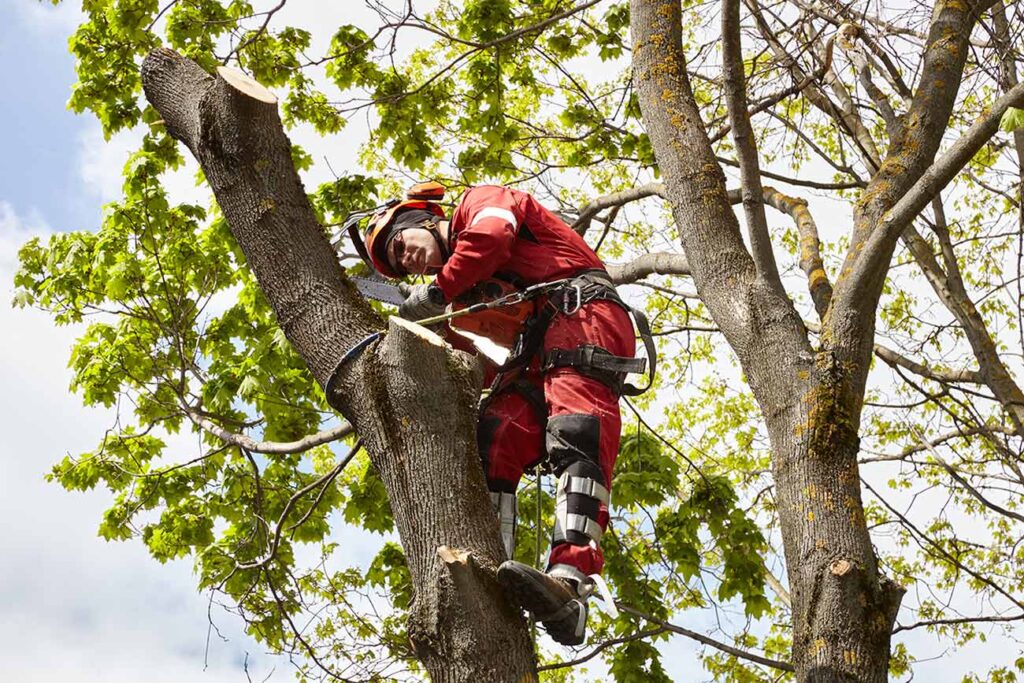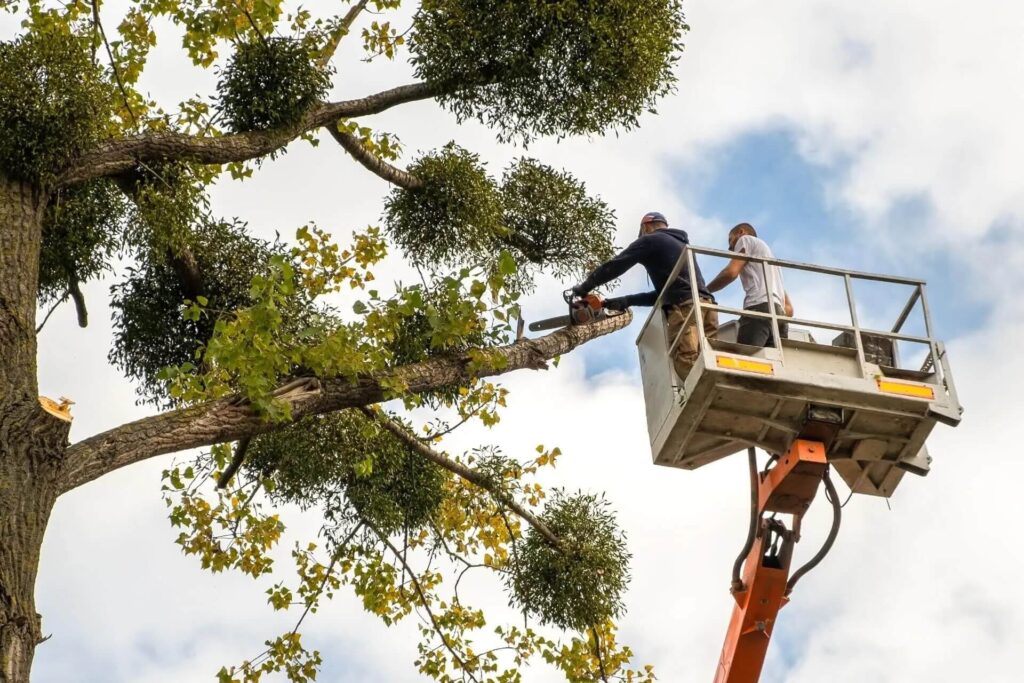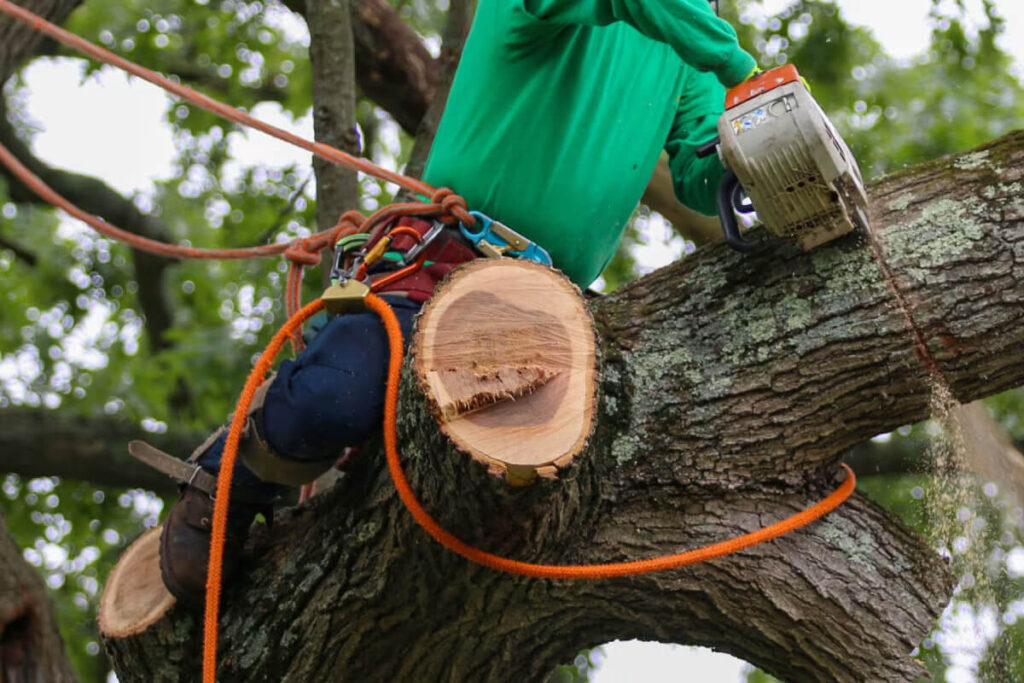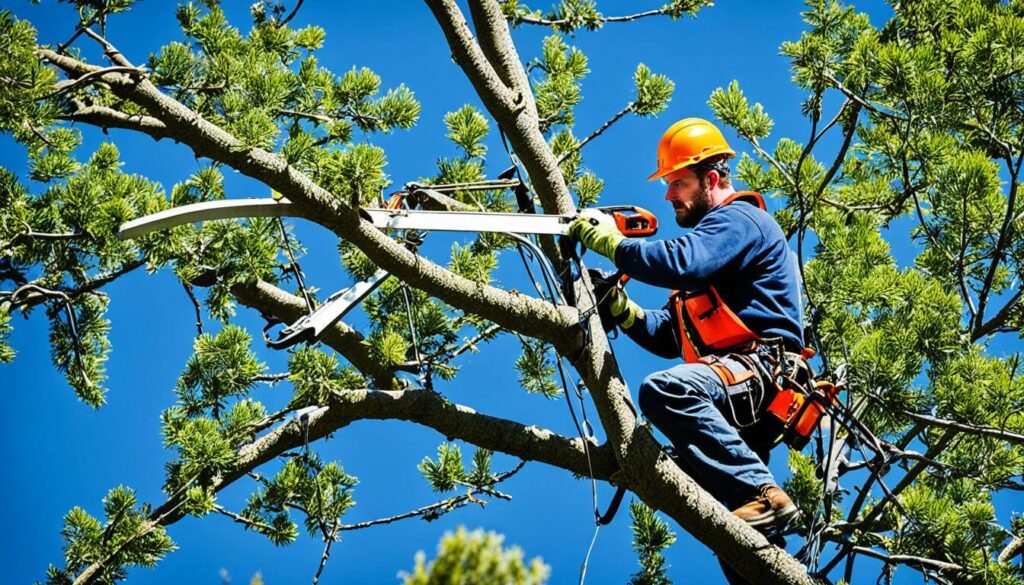Understanding the importance of tree branch cutting
Tree branch cutting is often overlooked, yet it plays a vital role in maintaining a healthy garden. Whether you have a sprawling estate or a compact urban garden, understanding the importance of this service can save you time, money, and effort in the long run.
One of the primary reasons for tree branch cutting is to ensure that your garden thrives. Overgrown branches can obstruct light, making it difficult for other plants to flourish. By trimming back unruly branches, you promote better air circulation and sunlight penetration, which is essential for the well-being of your garden.
The role of tree branch cutting in garden maintenance
Regular tree branch cutting is a fundamental aspect of garden maintenance. It not only maintains the aesthetic appeal of your plants but also sets the stage for a more vibrant garden ecosystem. When branches are kept in check, it prevents overcrowding, which can lead to pest issues and disease among vegetation.
Additionally, well-maintained trees provide shade and shelter to other plants, creating a balanced habitat for wildlife. By managing the growth of your trees, you contribute to a diverse and sustainable garden environment.

How tree branch cutting contributes to tree health
Tree health is intricately tied to effective branch management. Cutting back dead or diseased branches helps prevent the spread of decay and disease to other parts of the tree or even to neighbouring plants. This proactive approach can drastically improve a tree’s lifespan.
Moreover, removing excess branches allows the tree itself to focus its energy on healthy growth. With optimal distribution of nutrients, water, and sunlight, your trees will thrive, showcasing their magnificent splendour throughout the seasons.
Identifying the right time for tree branch cutting
Timing is crucial when it comes to tree branch cutting. Knowing when to make the cut can significantly affect the outcome and overall health of your trees. Understanding the seasonal cycles and signs of a tree in distress will help you maximise the benefits of this maintenance service.
Seasonal considerations for tree branch cutting
Winter is generally considered the best season for tree branch cutting. During this time, many trees enter a dormant phase, meaning they are less susceptible to stress from pruning. Additionally, with the absence of foliage, it becomes easier to see the tree structure and identify problematic branches.
However, late summer can also be suitable, especially for trees that are prone to sap bleeding, like maples. Cutting during the late summer can often prevent excessive sap loss while allowing for recovery as the tree approaches dormancy.

Signs your tree may need branch cutting
Look out for specific signs that indicate a tree may require branch cutting. Dead or broken branches are a clear signal that it’s time to call in the specialists. Such branches not only detract from the tree’s appearance but pose a risk of falling during storms.
Additionally, if you notice unusual growth patterns, such as excessively dense areas or branches crossing each other, these should be addressed promptly. These signs can lead to poor air circulation and invite pests, further complicating the tree’s health.
Choosing a professional tree branch cutter service
Selecting the right professional for your tree branch cutting needs is essential. A skilled service can make a significant difference in the health of your trees and the overall aesthetics of your garden.
What to look for in a tree branch cutter service
When researching tree branch cutter services, consider their credentials and experience. A reputable service will have qualified professionals who understand tree biology and the best practices for cutting.
Additionally, check reviews and testimonials. Happy customers often share their experiences, which can help you gauge the quality of work a company provides. Don’t hesitate to ask about their equipment and safety practices as well; a professional service should always prioritise safety.
Questions to ask before hiring a tree branch cutter service
Before finalising your choice of service, it’s important to ask a few questions. Inquire about their approach to pruning. Understanding their techniques can give you insight into how they ensure tree health.
Also, ask about insurance. A good service will be properly insured to protect you from liabilities should any accidents occur during the job. Finally, don’t forget to get a written estimate to avoid any surprises later on.

Preparing your garden for tree branch cutting
Preparation is key to making the most of your tree branch cutting service. By taking a few simple steps before the professionals arrive, you can ensure a smooth and effective process.
Steps to take before the tree branch cutter service arrives
Start by clearing the area around the trees. Remove any obstacles such as garden furniture, pots, and debris to give the tree branch cutter the space they need to work efficiently. This not only simplifies their job but also protects your belongings from potential damage.
Next, consider discussing any special requests or areas of concern with the service beforehand. Being clear about your expectations helps the team focus on what matters most to you.
Safety measures during tree branch cutting
Safety during tree branch cutting cannot be overstated. Ensure that the tree branch cutter service adheres to all proper safety protocols. This includes using appropriate personal protective equipment such as helmets, gloves, and eye protection.
Furthermore, it’s wise to keep pets and children away from the area while work is being conducted. This precautionary measure helps avoid any accidents and ensures a focused working environment for the professionals.
Post tree branch cutting care and maintenance
After your tree branch cutter service has left, it’s essential to take good care of your trees to support their recovery and growth. A few simple practices can enhance the health and vitality of your trees.
How to care for your tree after branch cutting
Following the cutting, monitor the trees for any signs of stress or disease. Watering appropriately is crucial, especially if the weather is dry. During these conditions, maintaining moisture can help the tree recover quickly.
Additionally, applying mulch can assist in retaining soil moisture and regulating temperature. This added layer of protection encourages healthy root development and can fend off weeds.
Long-term maintenance tips for healthy trees
Finally, commit to long-term care practices. Regularly assess your trees for any issues, and don’t hesitate to schedule further cutting or professional evaluations as needed. Creating a maintenance schedule will help keep your garden vibrant and flourishing.
Incorporating organic fertilisers and treating for pests can also optimise the growth and health of your trees. Remember, a proactive approach is always more effective than a reactive one.

